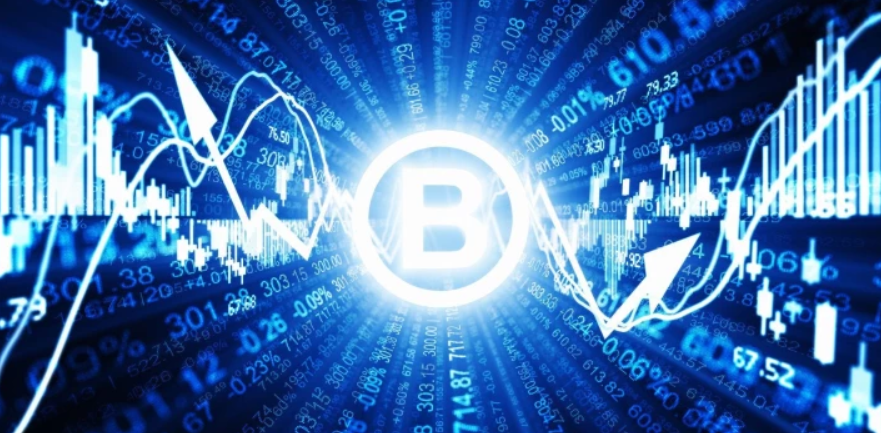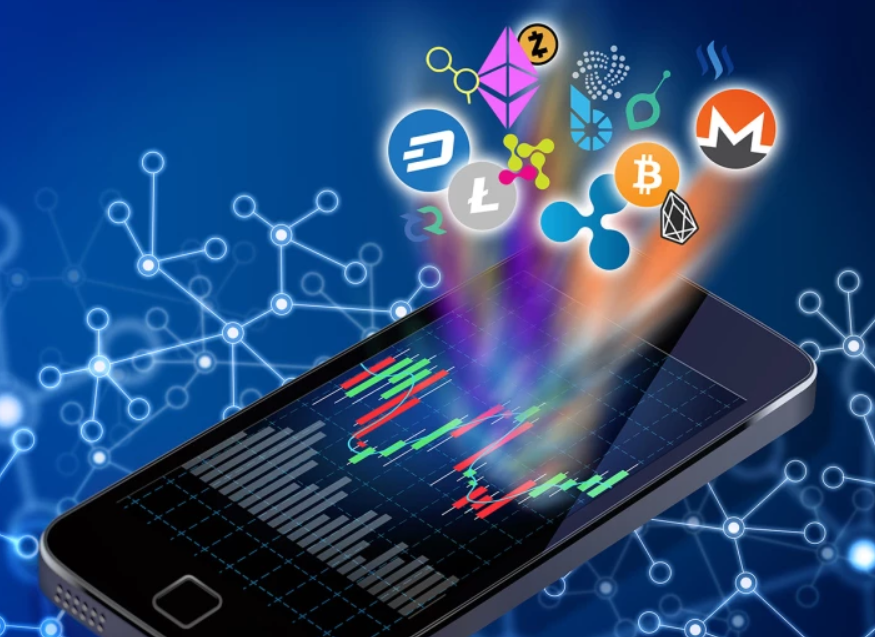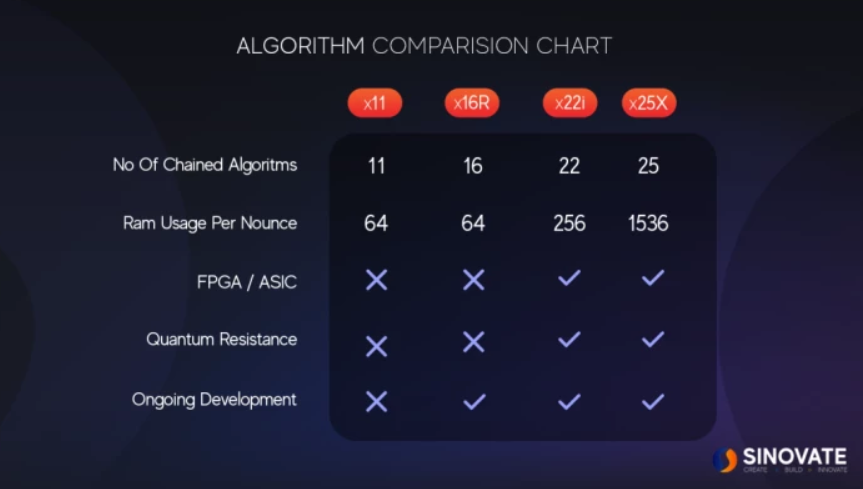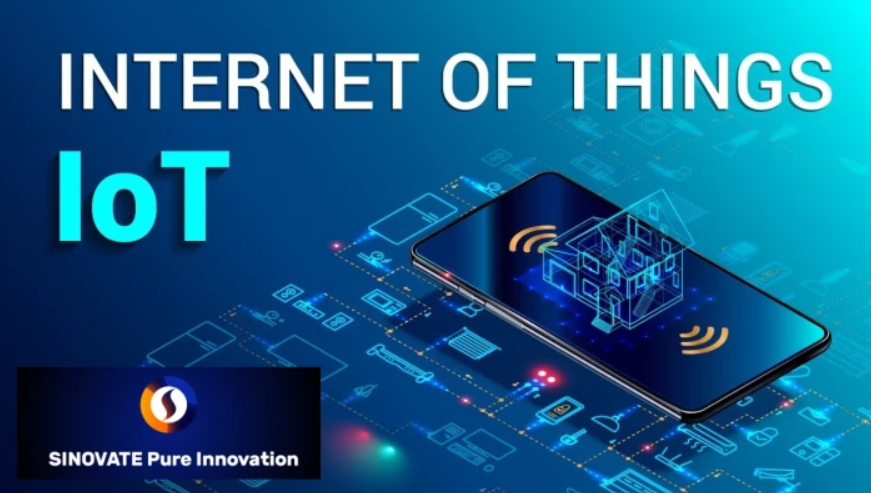What is cryptography?
Cryptography is the technical capability to secure one’s communication and to have access to protocols that secure several forms of information such as data. This technology has use cases and exists in the spectrum of mathematics, computer science, electrical engineering and communication science.
As such the technology creates practical applications in industries such as electronic commerce, chip-based payment cards, computer passwords, military communications and now also digital currencies or cryptocurrencies.
Encryption converts ordinary information into unintelligible data that is computationally secure or unbreakable to prying eyes. We have evolved far from World War 1 rotor cipher machines and our modern cryptography is based on algorithms.
What is a blockchain?

A blockchain is an incorruptible digital ledger of economic transactions, a growing list of records that can be programmed to record not just financial transactions but virtually everything of value. Managed by a cluster of computers preferably not owned by any single entity, the blocks in the blockchain contain a cryptographic hash of the previous block, a timestamp, and transaction data.
With regards to this article and blockchain, it is important to know that in cryptocurrencies we use an asymmetric system, which uses two keys: a public key to encrypt the transaction and a private key to decrypt it.
What is a cryptocurrency?
A cryptocurrency can best be described as an internet-based medium of exchange or currency which is decentralized in nature and therefore immune to traditional governmental control. Cryptocurrencies are supported by blockchain technology and allow for peer-to-peer transactions with no third party involved.
The history of blockchain and important cryptocurrencies.

Bitcoin.
First attempts…
The first research on blockchain was described by Stuart Haber and W. Scott Stornetta in 1991, in which they attempted to create a system where document timestamps could not be tampered with. In 1992 they added Merkle trees to their design which led to efficiency improvements by allowing document certificates into one block.
Satoshi Nakamoto’s Bitcoin (BTC).
The modern blockchain was invented by Satoshi Nakamoto in 2008 to serve as a public transaction ledger of the first cryptocurrency bitcoin. This person or group of people solved the double-spending problem. Satoshi Nakamoto used the hashcash method to timestamp blocks which allowed for a trustless ledger in which people can transact peer-to-peer without any intermediary involved.
Bitcoin relies on a decentralized ledger making it more secure against hacking and immune from localized power. Above all, Bitcoin is not subject to any governmental authority, such as a government or a financial institution.
The Bitcoin algorithm.
New Bitcoin blocks are created using a consensus system called mining. Also referred to as Proof-of-Work, mining is now often perceived as environmentally unfriendly as it comes at high electricity costs.
Initially, Bitcoin was only mined by a handful of people and it is estimated that Satoshi, who has left the Bitcoin project in 2010, mined more than 1 million BTC, which would make him/her one of the wealthiest people today.
The start of Altcoins.

Altcoins are forks of the Bitcoin open source code that led to an ecosystem of thousands of new cryptocurrencies offering many improvements to the original Bitcoin code, which has over 20 000 commits on GitHub. As of 2020, many altcoins are moving into the payment sector, directly competing with Bitcoin’s leadership position.
Litecoin (LTC).
Litecoin was launched in 2011 as one of the first cryptocurrencies following Bitcoin and is often referred to as “silver to bitcoin’s gold”. It allows for CPU-mining, enabling anyone with a computer to mine new coins. Litecoin has a faster block generation rate and offers faster transaction confirmations. Its supply limit is also higher and capped at 84 million LTC.
Ripple (XRP). Cross-border settlement network.
Ripple was released in 2012 and focusses on the banking sector by enabling real-time cross-border payments to financial institutions worldwide. All its tokens were pre-mined and the network doesn’t require any mining, therefore reducing the usage of computing power. Ripple’s in-house currency exchange system converts XRP into US dollars, EURO’s, Yen and other commonly used currencies.
Ethereum and NEO Smart Contracts.
Both these new cryptocurrency networks enabled the development of smart contracts on the blockchain.
Like Bitcoin, the in 2015 launched Ethereum, which is a distributed blockchain network but Ethereum focusses on running the programming code of any decentralized application. Smart contracts are like smart money: they are automatically executable financial instruments and can facilitate the exchange of money, content, property, and shares. Whereas Bitcoin is merely a reserve asset or store of value, Ethereum allows for many more applications.
Instead of building on the Bitcoin network, Ethereum’s founder Vitalik Buterin decided to develop a new blockchain application as well as a new platform. His idea was financed by organizing a pre-sale, introducing the age of initial coin offerings.
NEO is often seen as China’s Ethereum.
Dash. Speed, Privacy and Masternodes.
Dash successfully solved many of the problems inherent in Bitcoin by speeding up transactions, offering enhanced financial privacy, and developing decentralized governance, as well as a funding system.
Dash also pioneered with its masternodes, powerful servers backed by collateral held in Dash. These masternodes are full nodes or copies of the entire blockchain and facilitate extra security and a unique second layer of services to the network. A Dash masternode is now worth $121,582.22 or 12.57112 BTC.
Tether (USDT) Stablecoin.
Tether was launched in 2014 and is a cryptocurrency that is pegged to the value of the US dollar, meaning 1 USDT equals 1 US dollar. To be backed by US dollars, Tether must have a huge amount of US dollars for it not to be a scam: 4,642,367,414 US dollars to be precise. It is highly doubtful they have that balance.
It was designed to minimalize the volatility seen in many cryptocurrencies, but by backing it to the US dollar is it in reality backed by a currency that has lost 97% of its original value since its inception. This makes it not stable at all.
When the first Central Bank Digital Currencies are launched they will probably be of the same ‘stable’ nature and replace fiat with digital fiat on a distributed ledger. The lack of a maximum coin supply and/or the algorithmic programmed limited growth of the Central Bank Digital Currencies’ supply will cause inflation to be uncontrollable just like it is today with fiat money.
It will be no improvement as Central Banks will still be able to ‘print’ more money, yet now with full access to your financial data on a distributed ledger they control.
SINOVATE (SIN).

What is SINOVATE?
SINOVATE (SIN) was launched late 2018 and is an open-source, decentralized and peer-to-peer cryptocurrency platform dedicated to developing cutting edge and fully customizable blockchain products, services and solutions for the digital economy, also known as the Internet of Things.
Some of its ground-breaking innovative features include:
- X25X Algorithm;
- Proof of Burn;
- FlashSend;
- Infinity Nodes;
- Incorruptible Data Storage (I.D.S);
- SINOVATE Document Verification (S.D.V);
- Revolving Sovereignty Votes (R.V.S).
The SINOVATE team is ready for the current unknown yet far-reaching implications of blockchain adoption in every industry, with a scalable and secure open-source and decentralized blockchain ledger.
SINOVATE innovations.
SINOVATE X25X Algorithm.

SINOVATE’s blockchain reaches consensus using its brand new, highly secure and decentralized Proof-of-Work (PoW) X25X GPU-mining algorithm, preventing large mining operations to dominate its blockchain. Being ASIC and FPGA resistant, SIN has become a valuable asset for its growing community.
When comparing X25X Algorithm to other algorithms, it is fair to say that SINOVATE’s chain of 25 algorithms offers the best solution to maintain a truly decentralized cryptocurrency and hereby offering the answer to Bitcoin’s initial vision: “one CPU, one Vote.”
The algorithmic change to X25X Algorithm was implemented to make ASIC chip production, as well as FPGA design less profitable. At the same time, the X25X algorithm makes GPU mining more profitable due to its lower power consumption.
SINOVATE Proof-of-Burn.
SINOVATE’ Proof-of-Burn (PoB) mechanism ensures SIN holdings’ value by decreasing the circulating supply. Any participating node needs to send SIN coins to a non-spendable address to initiate the burn process.
SINOVATE FlashSend.
To reduce SIN transaction confirmation times to a minimum, the sender of SIN can choose to pay a higher fee, creating an incentive for miners to direct more processing power to find his/her block hashes.
SINOVATE Infinity Nodes.

An Infinity Node is a full node that replicates the SINOVATE blockchain and secures the network through a continuous online wallet. Running a Node comes with costs and the Node owner is well compensated in SIN coins.
Currently, more than 1000 Nodes are fully operational and well dispersed globally, with the most node holders located in Europe and the United States. These investors enjoy a passive income using this groundbreaking technology.
Infinity Nodes are next-gen or evolved masternodes in which the coins for the node are effectively removed from the circulating supply, creating controlled inflation. There are three types of Infinity Nodes, requiring different amounts of coin holdings:
- Big SIN: 1 000 000 SIN;
- Mid Sin: 500 000 SIN;
- Lil SIN: 100 000 SIN;
- Collateral: 10 000 SIN.
Each SIN has its own reward %, with the highest reward, 9,50% paid to the Big SIN holder.
SINOVATE Incorruptable Data Storage (I.D.S.).
To tackle fraud like false documents, SINOVATE’s I.D.S. allows institutions to combine the security of blockchain technology with the ability to timestamp any data, ranging from file storage to medical records and more.
Any document or data can be converted to a one-way cryptographical hash and then stored on the SINOVATE blockchain. When someone tampers with the document, this code will not match the hash on the SINOVATE blockchain and therefore prove to be falsified.
Therefore the SINOVATE blockchain public/private key can easily be used to access and verify the data.
SINOVATE Document Verification (S.D.V.).
SINOVATE Document Verification works with its I.D.S. and combined with FlashSend these 3 features offer an institution or any other user a secure and reliable trust-less documentation system.
SINOVATE Revolving Sovereignty Votes (R.V.S.).
SINOVATE believes that decentralized governance is the future for its platform, allowing anyone with a SIN Node to participate in important decisions regarding future developments, marketing, and innovations that impact their holdings.
This decentralized E-Governance voting system allows Infinity Node (Big Sin, Mid SIN or Lil SIN) owners to vote until the node maturity date of their Node finishes 12 months later.
SINOVATE focusses on Innovation.
Innovation.
Sinovate uses sandbox environments for testing new ideas such as InfiniteChain, Deterministic Infinity Nodes, R.S.V. Infinity Nodes based on DAO and much more in a continuous effort to stay at the forefront of crypto-related sector developments.
For this reason, SINOVATE maintains close relations with other developers in the crypto space, as it strives to innovate itself as well as learn from its partners and competitors.
Stats.
SINOVATE blockchain has over 750 000 installed, + 27 000 daily active wallets reaching more than 7.8 million total annual transactions.
SINOVATE and the Internet of Things.

Blockchain and distributed ledger Technologies will have adoption far beyond what’s currently imaginable and SINOVATE focusses on several use cases and with its Data Storage (I.D.S.)- protocol it aims towards becoming a trusted partner for several industries with its blockchain-services such as:
- SINOVATE Finance Solution;
- SINOVATE Medical Use and Privacy;
- SINOVATE Insurance;
- SINOVATE Government;
- SINOVATE Education;
- Go Green, Go SINOVATE.
SINOVATE is, therefore, well-positioned to assist institutions to safely enter the blockchain industry and guide them to becoming more efficiënt on the Internet of Value.
SINOVATE and Regulations.
With both global governments and central banks struggling to create a regulatory framework to allow the rapidly expanding blockchain industry to thrive, yet at the same time to protect people that use blockchain products, SINOVATE already focuses on much-needed security, integrity and where possible regulatory compliance to building a business relation with its clients based on trust.
SINOVATE and Marketing.
The SINOVATE brand is key to its success and this responsibility lies fully in the marketing department of SINOVATE. Most important was the successful launch of the SINOVATE web portal as well as continuous information efforts using all possible information distribution channels like the sharply increasing social media and digital marketing sphere.
SINOVATE’s web portal is well designed, organized and offers all necessary information about its team, its ideology, schedules, communication channels, and other details. Up to 80-90% of information is directly accessible through its website, https://sinovate.io/.
SINOVATE offers full Financial Clarification and Transparency.
To comply with future regulatory developments and to protect its unique brand based on integrity, SINOVATE is notable for being one of the most transparent cryptocurrency platforms by sharing every detail with its community.
It is, therefore, no secret that SINOVATE uses its 10% Developer Fee from the Block rewards to maintain and further develop its ecosystem. SINOVATE also offers essential Financial Clarification.
SINOVATE is listed on several exchanges.
TradeOgre - https://tradeogre.com/exchange/BTC-SIN
STEX - https://app.stex.com/en/basic-trade/pair/BTC/SIN/1D
QBTC - https://www.myqbtc.com/trade
Citex - https://www.citex.co.kr/#/home
Txbit.io - https://txbit.io/Trade/SIN/BTC
Crex24 - https://crex24.com/exchange/SIN-BTC | https://crex24.com/exchange/SIN-ETH | https://crex24.com/exchange/SIN-RUB
MIDAS - https://midas.investments/exchange/SIN/BTC
Coinsbit https://coinsbit.io/trade
Instaswap https://instaswap.io/ Buy with Fiat. EURO/USD/GBP
People that want to do some research can find all information using the links here provided.
Important Links.
Website: https://sinovate.io/
Discord Server: https://discord.gg/JmrJZ3S
Explorer: http://explorer.sinovate.io/ / http://sin.ccore.online/
Wallet: https://github.com/SINOVATEblockchain/SIN-core/releases
Whitepaper: https://sinovate.io/whitepaperv2light.pdf
Official Pool: https://pool.sinovate.io/


